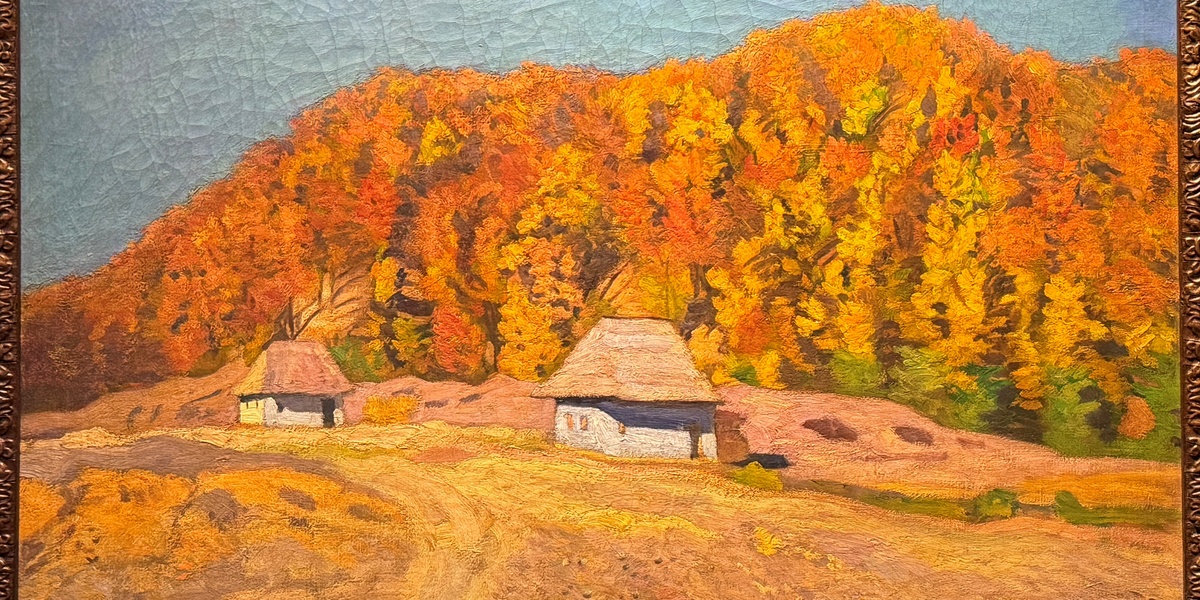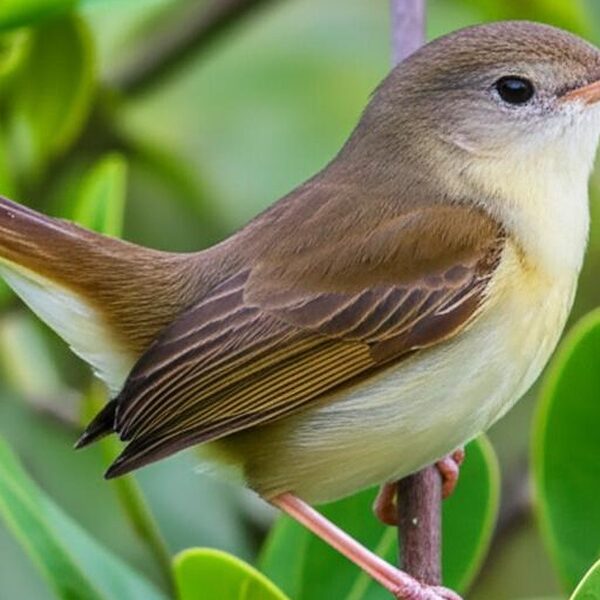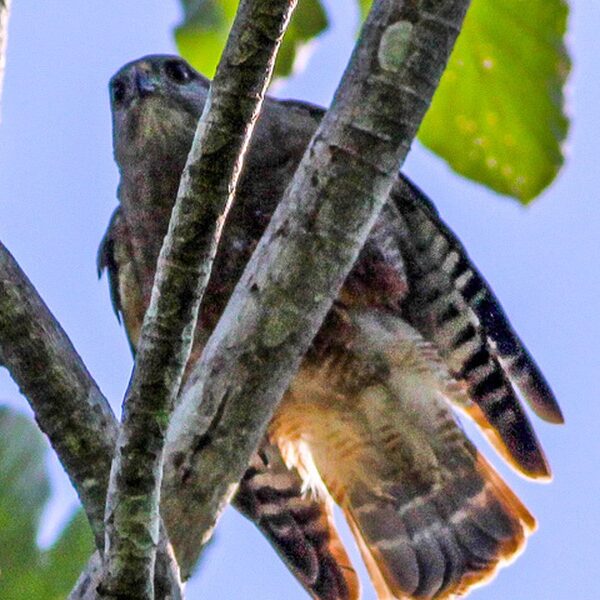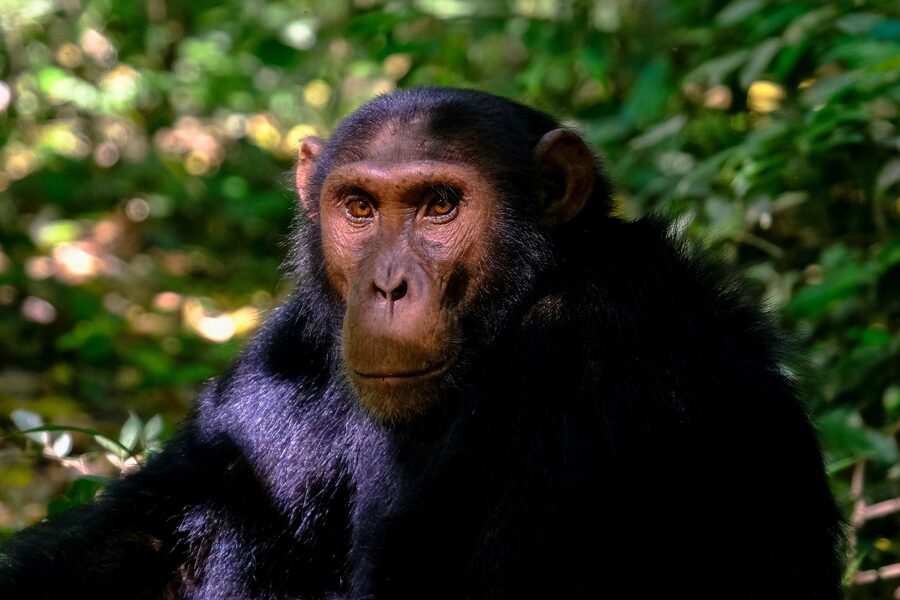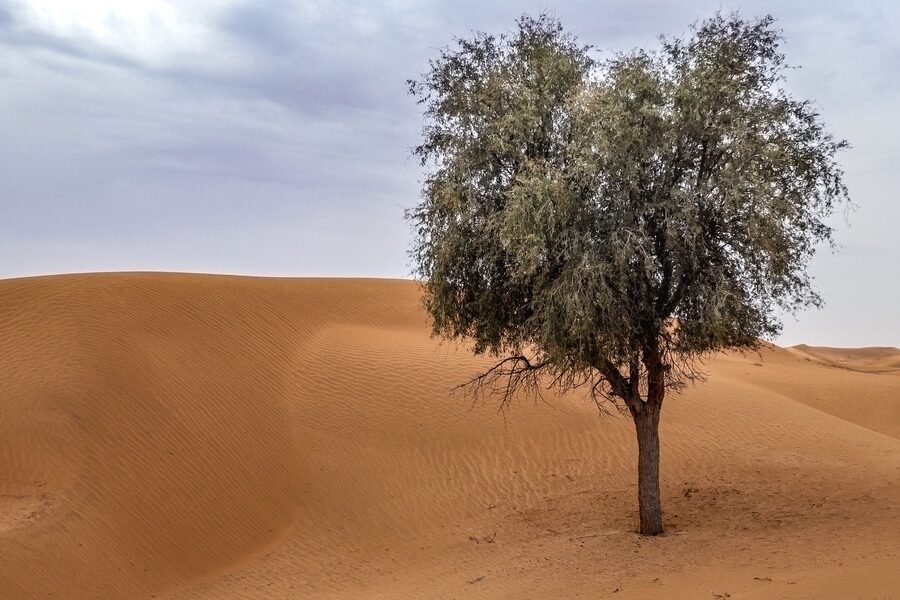Hungary, a country rich in diverse landscapes from the Great Plain to the Carpathian Basin foothills, boasts a remarkable botanical heritage. Its woodlands, riverbanks, and urban parks are home to a fascinating array of tree species, each contributing to the nation’s natural beauty and ecological balance.
This comprehensive guide compiles 56 Trees of Hungary, offering an in-depth look at the species found across the nation. From the familiar fruit-bearing Apple to the resilient Wild pear, this list covers a broad spectrum. For each entry, you’ll find below essential details including its Scientific Name, Max Height (m), and notable Habitat/Notable Fact to aid in identification and understanding.
What are some of the most common trees found in Hungary?
Hungary’s forests are predominantly composed of broadleaf deciduous trees. Common species widely encountered include various oaks, such as pedunculate oak and sessile oak, along with hornbeam and different types of maple. While less dominant, pine and spruce species can also be found, particularly in the country’s higher elevation regions, contributing to the diversity of Hungarian woodlands.
Why is it important to learn about the trees of Hungary?
Understanding the local tree species is crucial for ecological conservation, sustainable forestry management, and appreciating Hungary’s natural biodiversity. For anyone from hikers and nature enthusiasts to urban planners and horticulturists, identifying the trees provides valuable insights into the environment, helps recognize native versus invasive species, and deepens connections with the country’s unique landscapes.
Trees of Hungary
| Tree Name | Scientific Name | Max Height (m) | Habitat/Notable Fact |
|---|---|---|---|
| Pedunculate oak | Quercus robur | 40 | Common in lowland mixed forests and floodplains; keystone species |
| Sessile oak | Quercus petraea | 35 | Prefers upland and cooler sites; mixed with beech |
| Turkey oak | Quercus cerris | 30 | Thrives on dry, warm sites; naturalized in Hungary |
| Downy oak | Quercus pubescens | 20 | Characteristic of Pannonian dry oak forests |
| Hungarian oak | Quercus frainetto | 30 | Strong presence in sub-Mediterranean and lowland forests |
| European beech | Fagus sylvatica | 40 | Dominant in cool, humid hills like Bükk and Bakony |
| Silver birch | Betula pendula | 30 | Pioneer on sandy soils, open clearings, and disturbed ground |
| Downy birch | Betula pubescens | 20 | Favors wetter soils, peatlands, and cooler areas |
| Hornbeam | Carpinus betulus | 30 | Shade-tolerant understory and coppice species in mixed forests |
| Small-leaved lime | Tilia cordata | 30 | Common in mixed forests, avenues, and village greens |
| Large-leaved lime | Tilia platyphyllos | 30 | Found in woodlands and large parks; similar to small-leaved lime |
| Norway maple | Acer platanoides | 30 | Widespread in forests and urban plantings |
| Field maple | Acer campestre | 20 | Hedgerows, forest edges and calcareous soils |
| Sycamore maple | Acer pseudoplatanus | 40 | Mountainous forests and river valleys; tolerant and widespread |
| Black locust | Robinia pseudoacacia | 30 | Extremely widespread invasive from North America; fixes nitrogen |
| Black alder | Alnus glutinosa | 25 | Typical of wetlands, riversides and floodplains; nitrogen-fixer |
| Grey alder | Alnus incana | 20 | Occurs on moist, cooler sites and river terraces |
| European ash | Fraxinus excelsior | 35 | Riparian and mixed broadleaf forests; threatened by ash dieback |
| Narrow-leaved ash | Fraxinus angustifolia | 30 | Floodplain and riverine forests, tolerant of inundation |
| Scots pine | Pinus sylvestris | 35 | Sandy soils, plains and reforestation stands |
| Austrian/Black pine | Pinus nigra | 30 | Dry hills, rocky slopes and plantations |
| Norway spruce | Picea abies | 50 | Mountain forests and managed plantations; prefers humidity |
| Silver fir | Abies alba | 50 | Higher-elevation mixed mountain forests in cooler areas |
| European yew | Taxus baccata | 20 | Shade-tolerant, survives in old woodlands and cemeteries |
| Wild cherry | Prunus avium | 30 | Mixed forests and old orchards; timber and fruit tree |
| Bird cherry | Prunus padus | 15 | Damp woods, river margins and hedgerows; fragrant spring blossoms |
| Apple | Malus domestica | 12 | Widespread orchards and gardens, many cultivars across Hungary |
| Pear | Pyrus communis | 15 | Cultivated orchards and old hedgerows across the Pannonian Plain |
| Plum | Prunus domestica | 12 | Common in backyard orchards and commercial production |
| Apricot | Prunus armeniaca | 10 | Thrives on warm Pannonian plains; major crop in Hungary |
| Walnut | Juglans regia | 25 | Parklands, orchards and rural homesteads; prized timber and nuts |
| Sweet chestnut | Castanea sativa | 30 | Warmer hillsides and managed coppice woodlands |
| Horse chestnut | Aesculus hippocastanum | 35 | Avenues, parks and urban plantings; showy flower spikes |
| Black poplar | Populus nigra | 30 | Floodplains and riverbanks; important for bank stabilization |
| White poplar | Populus alba | 30 | River plains and sandy soils; leaves white beneath |
| European aspen | Populus tremula | 30 | Pioneer on open ground and disturbed sites; trembling leaves |
| Grey poplar | Populus × canescens | 30 | Hybrid common in floodplains and disturbed riverine sites |
| London plane | Platanus × hispanica | 35 | Common street and park tree; pollution-tolerant and tough |
| Field elm | Ulmus minor | 30 | Lowland and floodplain woodlands; many trees affected by disease |
| White elm | Ulmus laevis | 35 | Floodplain forests along large rivers; relatively rare and specialized |
| Rowan | Sorbus aucuparia | 15 | Woodland edges and hills; bright red berries feed birds |
| Service tree | Sorbus domestica | 20 | Rare native fruit tree on warm, calcareous sites |
| Mulberry | Morus alba | 15 | Urban plantings and old orchards; tolerant and fruiting |
| Turkish hazel | Corylus colurna | 20 | Large tree-hazel used as street and park tree |
| Hackberry | Celtis australis | 20 | Warm, dry sites and urban plantings in southern Hungary |
| Whitebeam | Sorbus aria | 12 | Calcareous slopes and forest edges; tolerant of dry soils |
| European larch | Larix decidua | 30 | Mountain and highland plantations; deciduous conifer |
| White willow | Salix alba | 25 | Riverbanks and floodplains; tolerant of flooding and erosion |
| Crack willow | Salix fragilis | 25 | Common along rivers and damp ground; prone to breaking |
| Goat willow | Salix caprea | 10 | Pioneer species on river terraces and open ground |
| Tree-of-heaven | Ailanthus altissima | 25 | Rapidly spreading urban and roadside invasive |
| Russian olive | Elaeagnus angustifolia | 10 | Dry riverbanks and disturbed sites; invasive in places |
| Box elder | Acer negundo | 25 | Introduced maple that thrives in river valleys and disturbed ground |
| Manna ash | Fraxinus ornus | 20 | Warm, sunny sites and park plantings; ornamental and native in warmer areas |
| Crab apple | Malus sylvestris | 10 | Native wild apple in hedgerows and wood margins |
| Wild pear | Pyrus pyraster | 12 | Woodland edges, hedgerows and old orchards; wild relative of cultivated pear |
Images and Descriptions
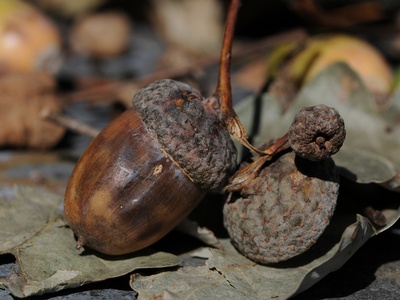
Pedunculate oak
A large broadleaf oak with a massive crown and lobed leaves; supports rich insect and bird life and forms classic Hungarian woodlands and parklands, prized for resilient timber and ecological importance.
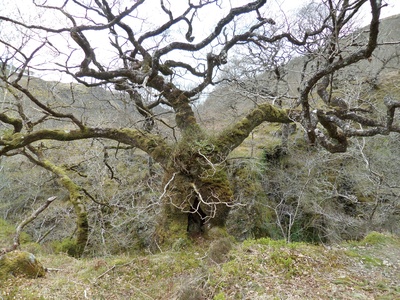
Sessile oak
A sturdy oak of hill and montane forests with thick bark and deep roots; similar to pedunculate oak but prefers drier, higher ground, providing valuable wildlife habitat and durable wood for construction.
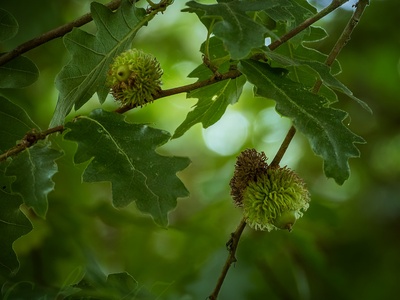
Turkey oak
An oak with deeply ridged bark and distinctive long-acorns; common in warmer Pannonian regions, tolerant of drought and poorer soils, contributing to diverse mixed oak forests.
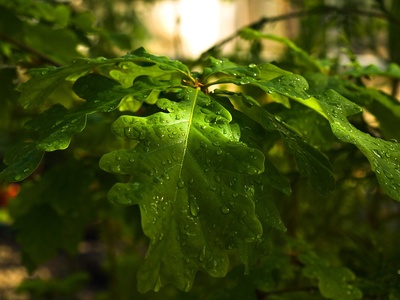
Downy oak
A drought-tolerant oak with hairy leaves and twigs, forming low-density woodlands on calcareous soils; important for steppe-like habitats and species adapted to warmer, drier conditions.
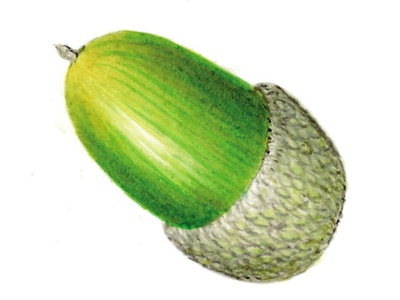
Hungarian oak
A large, fast-growing oak with lobed leaves and dense crown; common in Hungary’s warmer regions and valued for timber and as habitat for forest fauna.
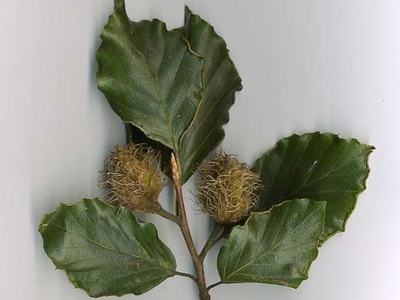
European beech
A majestic, smooth-barked forest tree with dense canopy and glossy leaves; forms deep, shaded beech forests vital for biodiversity and soil protection in Hungary’s uplands.
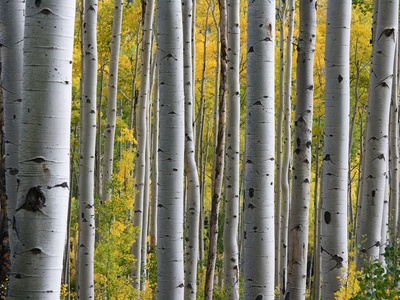
Silver birch
A slender, white-barked tree with delicate, triangular leaves; colonizes poor soils quickly, provides early-season resources for insects and birds, and lightens young woodlands.
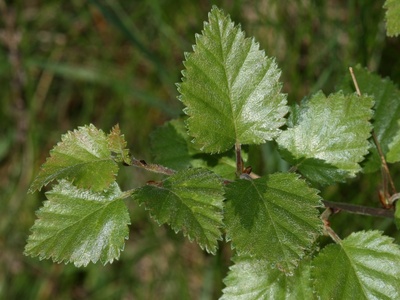
Downy birch
A robust birch with hairy twigs and rounded leaves; common in damp forests and mires, offering habitat and quick regeneration after disturbance.
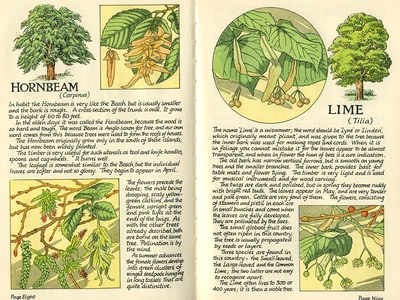
Hornbeam
A tough, long-lived tree with fluted bark and serrated leaves; dense wood used historically for tools, and forms thick hedges and understories important for forest structure.
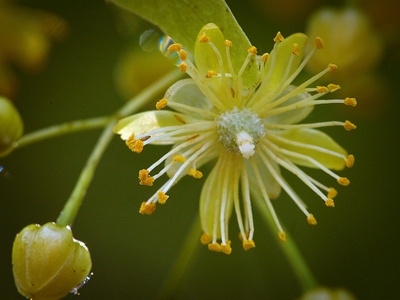
Small-leaved lime
A fragrant tree with heart-shaped leaves and nectar-rich flowers; beloved by pollinators and people, used historically as a meeting-tree in villages and for honey production.
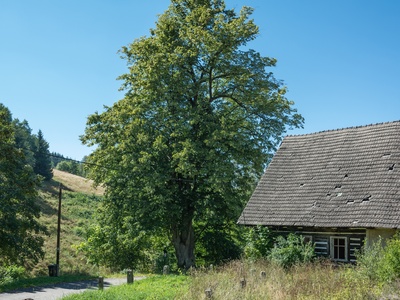
Large-leaved lime
A big-lobed leafed lime with showy flowers and broad crown; provides nectar for bees and creates shady avenues in rural and urban Hungary.
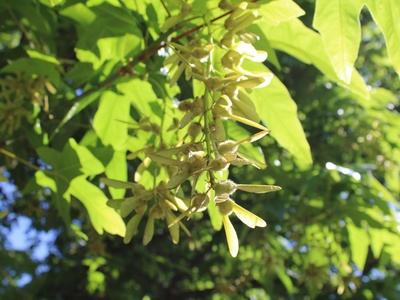
Norway maple
A hardy maple with broad leaves and winged samaras; common in mixed woodlands and city streets, tolerant of varied soils and conditions.
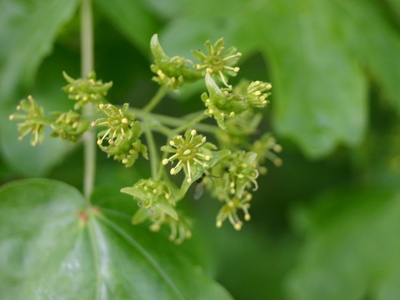
Field maple
A medium-size native maple with lobed leaves and dense crown; valued in traditional coppice systems and as a shelterbelt species in agricultural landscapes.
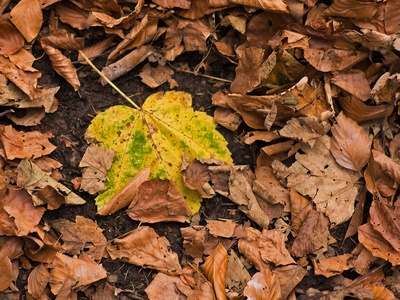
Sycamore maple
A robust maple with palmate leaves and winged seeds; forms tall trees in upland forests, providing shade and stable woodland structure.
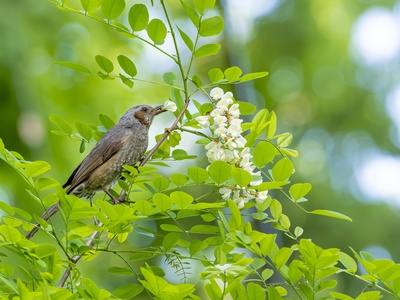
Black locust
A fast-growing, thorny tree with fragrant white flowers; alters soil chemistry by fixing nitrogen and is widespread along roadsides, plantations, and disturbed sites.
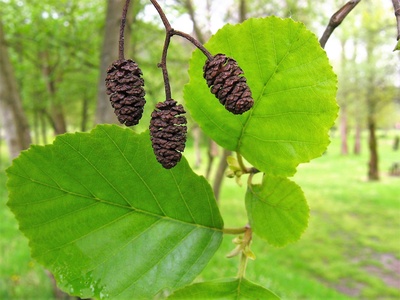
Black alder
A moisture-loving tree with dark, fissured bark and cone-like fruit; stabilizes riverbanks, enriches soils via root nodules, and supports wetland biodiversity.
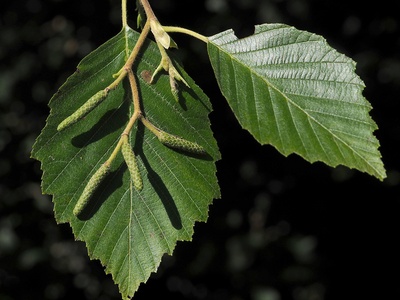
Grey alder
A lighter-colored alder with cottony buds; favors damp soils in upland areas and contributes to early-stage riverine succession and soil improvement.

European ash
A tall, pinnate-leaved tree with strong timber; historically common in floodplain forests, now declining in places due to disease but still ecologically significant.

Narrow-leaved ash
An ash species adapted to wet, dynamic river systems with narrow leaves; important in floodplain woodlands and for riverbank stabilization.
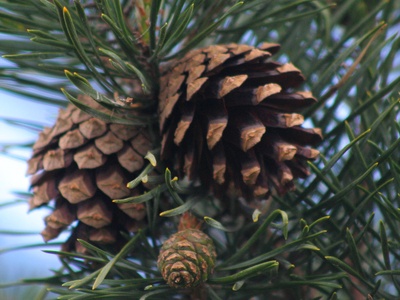
Scots pine
A long-lived pine with flaky orange bark near the crown and needle foliage; common on dry sandy sites and used widely in plantations and reclamation.
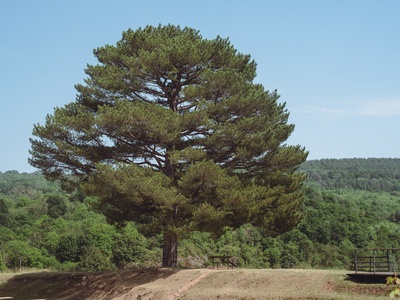
Austrian/Black pine
A resilient pine with dark bark and stiff needles; often planted for erosion control and timber on Hungary’s drier slopes and hills.

Norway spruce
A tall, conical evergreen of cool, moist uplands; important for timber and mountain forest ecosystems, forming dense stands in higher regions.
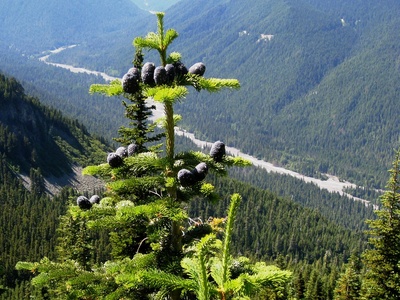
Silver fir
A tall, elegant conifer with flat needles and layered branches; forms shady, humid forests and is valued for timber and ecological diversity.
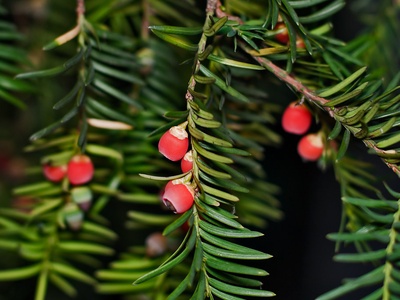
European yew
A slow-growing evergreen with red arils and dark foliage; often ancient in woodlands, toxic to livestock but valuable for long-lived habitats.
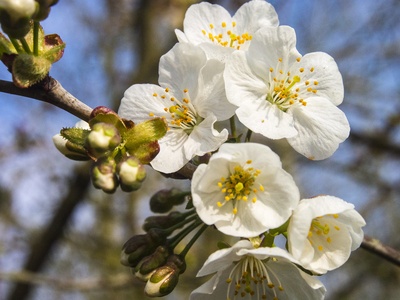
Wild cherry
A tall, flowering tree with glossy leaves and edible fruit; supports pollinators and birds and yields attractive timber used in furniture.
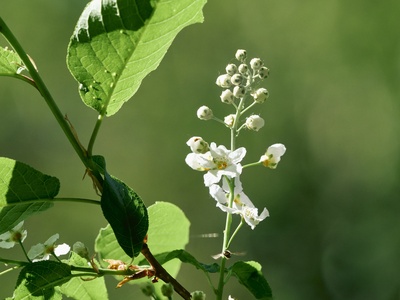
Bird cherry
A small to medium tree with clusters of white flowers and sour fruits; common in moist habitats and valued for early nectar for insects.
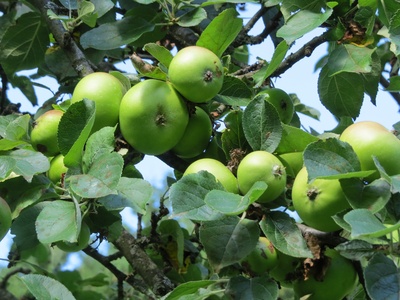
Apple
A small to medium fruit tree with spring blossom and edible fruit; central to rural landscapes and local varieties, supporting pollinators and traditional agriculture.
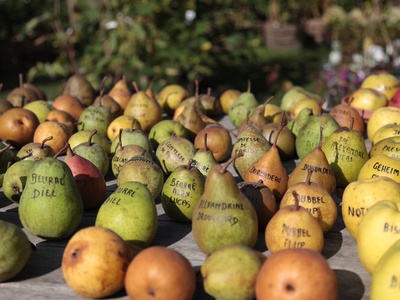
Pear
A productive fruit tree tolerant of varied soils; many traditional cultivars exist in Hungary, important for local diets and biodiversity in orchards.
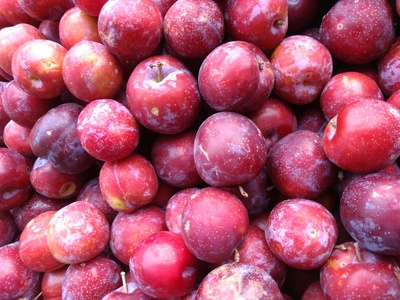
Plum
A versatile fruit tree with spring flowers and summer fruit; deeply embedded in Hungarian rural culture and cuisine, especially for preserves and pálinka.
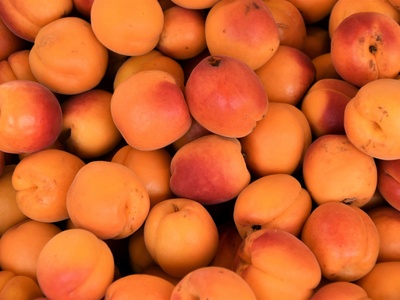
Apricot
A small productive tree with fragrant blossoms and summer fruit; well-suited to sunny, dry sites and central to Hungarian fruit growing traditions.
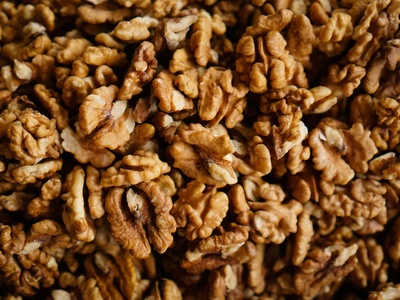
Walnut
A large deciduous tree producing edible nuts and valuable hardwood; common in orchards and farms, offering shade and high-value timber.
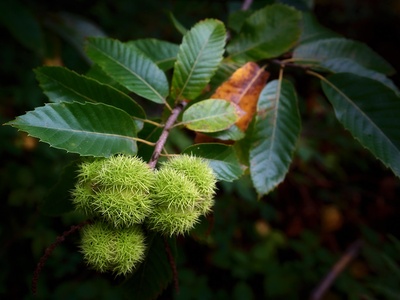
Sweet chestnut
A spreading, nut-bearing tree with long catkins and serrated leaves; valued for edible chestnuts and durable timber, common on warm slopes.
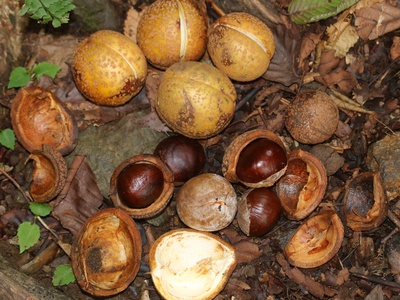
Horse chestnut
A large ornamental and street tree with palmate leaves and white to pink flowers; widely planted for shade and display in towns and villages.
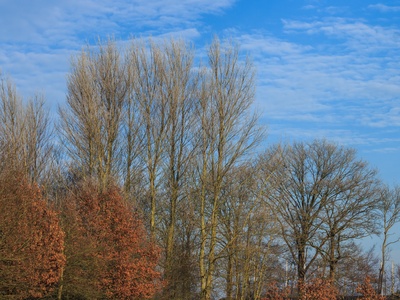
Black poplar
A tall, fast-growing poplar with dark bark and broad crown; native to lowland river systems and critical for riparian habitats and erosion control.
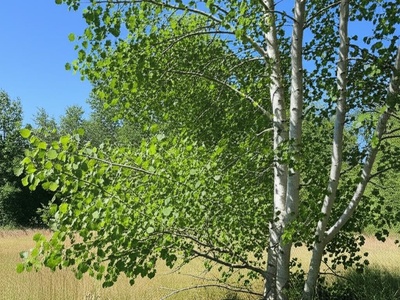
White poplar
A poplar with distinctive silvery underside to leaves and pale bark; common along rivers and tolerant of dry, sandy soils.
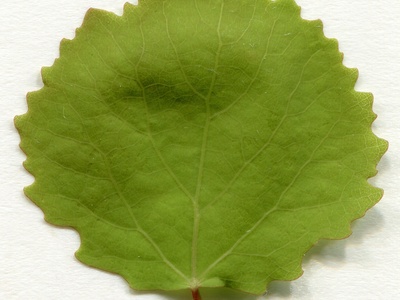
European aspen
A slender tree with fluttering leaves that propagate by root suckers; colonizes clearings and supports diverse insect communities.
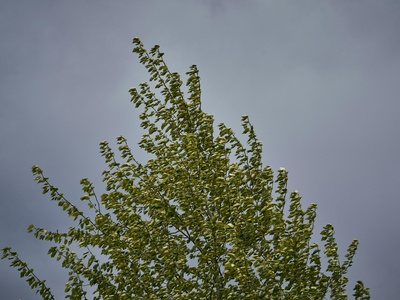
Grey poplar
A hybrid between white and aspen poplars; forms vigorous stands along waterways and is frequent in lowland floodplain forests.
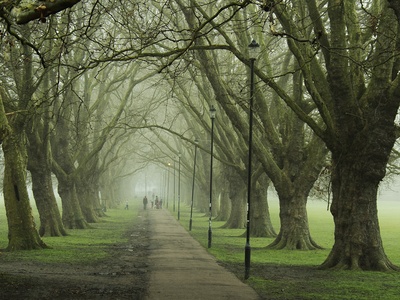
London plane
A large urban tree with mottled bark and broad leaves; widely planted in cities for shade, resilience, and aesthetic impact.
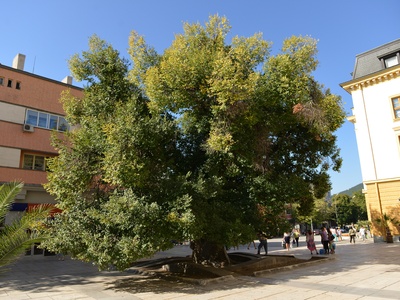
Field elm
A native elm with asymmetrical leaves and rough bark; historically common in riparian woods but reduced by Dutch elm disease.
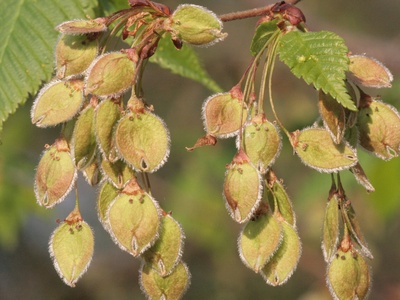
White elm
A tall elm adapted to periodic flooding with distinctive samara clusters; important in natural floodplain ecosystems where it persists.
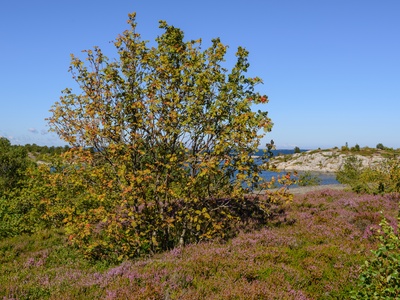
Rowan
A small tree with pinnate leaves and abundant berries; prized for autumn color and wildlife value, common in upland and forest margins.
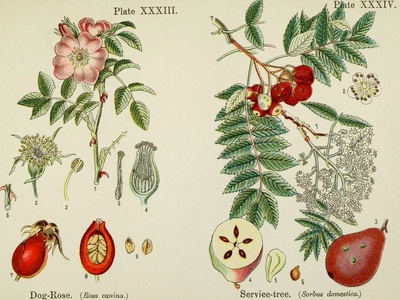
Service tree
A slow-growing tree producing pear-like fruit and quality timber; uncommon but historically important, often found in older orchards and warm slopes.
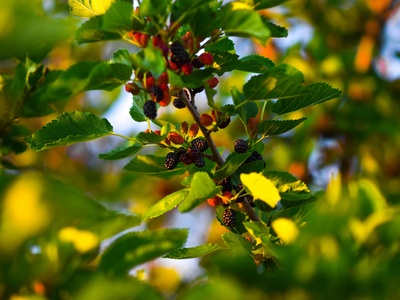
Mulberry
A fast-growing tree with lobed leaves and sweet fruit; historically used for silk production and commonly seen in villages and towns.
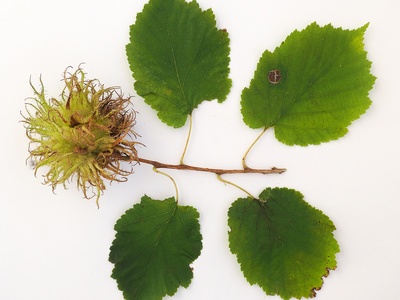
Turkish hazel
Unlike common hazel, this species grows as a tall, single-stemmed tree producing edible nuts; tolerant of urban conditions and compacting soils.
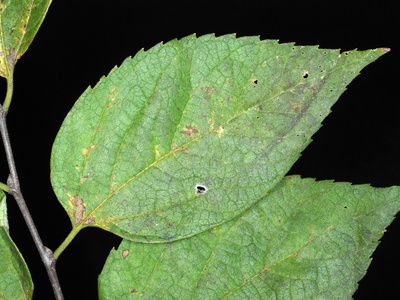
Hackberry
A Mediterranean-adapted tree with small drupes and rough bark; drought-tolerant and often used in street plantings and warm lowland habitats.
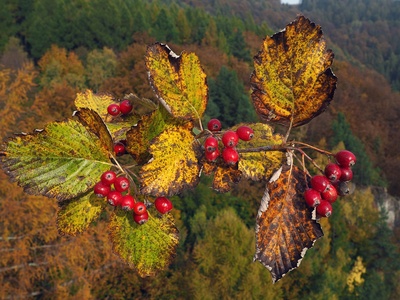
Whitebeam
A small tree with greyish leaf undersides and creamy spring flowers; provides autumn fruit for birds and survives on shallow soils.
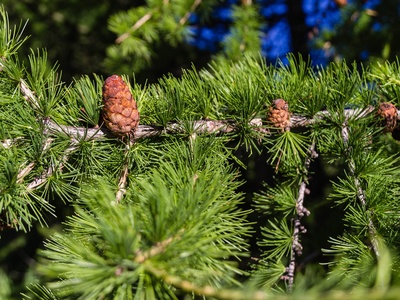
European larch
A conifer that sheds needles in winter, forming light, open stands in upland regions; valued for timber and mountain forest restoration.
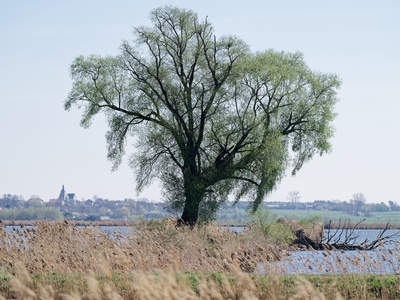
White willow
A large, fast-growing willow with pale undersides and flexible branches; important for bank stabilization and riparian habitat complexity.
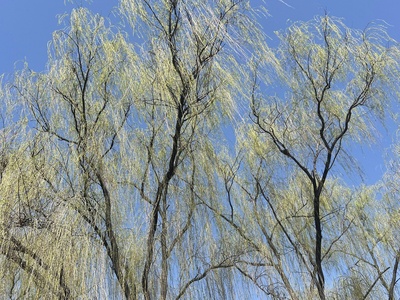
Crack willow
A tall willow with brittle branches that root readily when broken; widespread in floodplains and riverside communities.
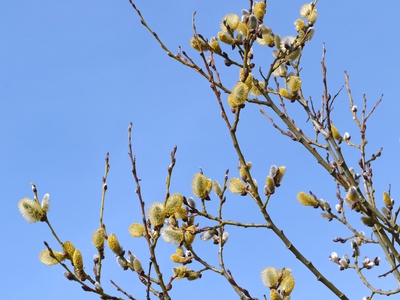
Goat willow
A small, shrubby tree with rounded leaves and early catkins; provides early-season nectar and seeds local wildlife.
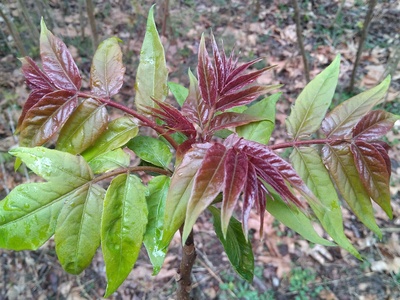
Tree-of-heaven
An aggressive, fast-growing tree from Asia with compound leaves and airy seed clusters; tolerates poor soils and urban stress, often forming dense stands.
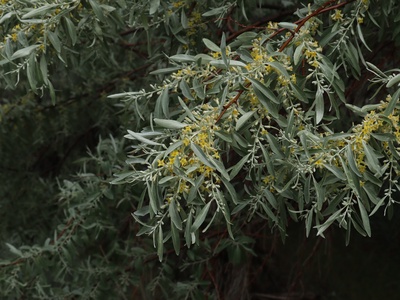
Russian olive
A thorny, silvery-leaved tree introduced for shelterbelts; produces fragrant yellow flowers and oily fruits, spreads along river corridors and dry soils.
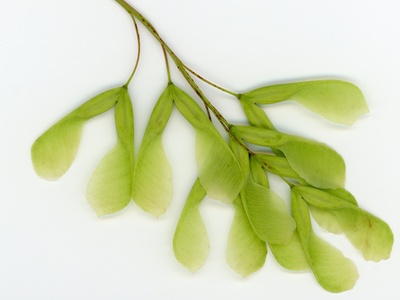
Box elder
A fast-growing, flexible maple with pinnate leaves; common in riparian zones and urban areas, often regarded as weedy or invasive in places.
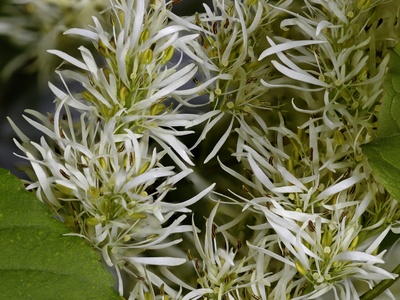
Manna ash
A compact ash with showy spring flowers and winged seeds; prefers calcareous, warm habitats and contributes to local diversity.
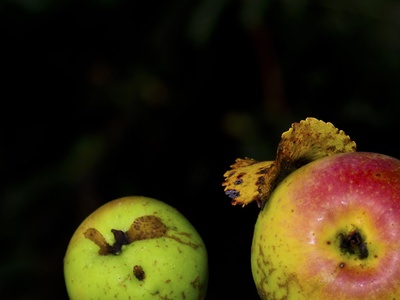
Crab apple
A small tree with fragrant blossom and small tart fruits; valuable for wildlife and as a genetic resource for cultivated apples.
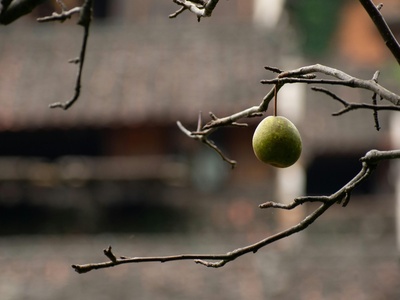
Wild pear
A small to medium tree producing small hard fruit; contributes to traditional landscapes and supports orchard biodiversity.
